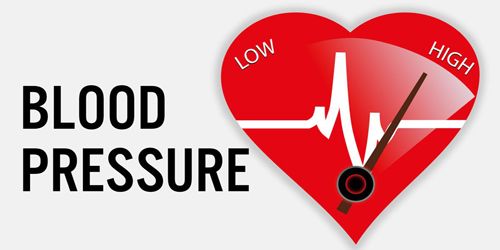Blood pressure is one of the most commonly measured clinical parameters and blood pressure values are the main determinant of treatment decisions. Used without further specification, “blood pressure” usually refers to the pressure in the large arteries of the systemic circulation. It is an important force because oxygen and nutrients will not be pushed around our conventional system to nourish tissues and organs without blood pressure. Blood pressure is usually expressed in terms of the systolic pressure (maximum during one heartbeat), diastolic pressure (between the lowest two heartbeats), and measured in lateral millimeters (mmHg), above ambient atmospheric pressure. Blood pressure is also important because it provides white blood cells and antibodies for immunity and provides hormones like insulin.
Blood pressure is one of the most important symptoms along with the respiratory rate, heart rate, oxygen saturation, and body temperature. Numbers greater than 120/80 mm Hg are a red flag that your heart-healthy habits should adopt. Diastolic pressure is usually between 60 and 80 mmHg. Thus, in general, a reading of 110/70 mmHg would be considered healthy where 80/50 mmHg would be less and 160/100 mmHg would be higher. Worldwide, average blood pressure, age-standard, has been almost the same since 1975. 127/79 mmHg in males and 122/77 mmHg in females, although these average data mask quite large deviations regional trends. This paper reviews the physiological basis of arterial pressure and the relationship between physiological determinants and arterial pressure in tissue perfusion.
As important as the supply of oxygen and nutrients, fresh blood flows and is able to absorb the toxic waste products of metabolism, in which we take in the carbon-di-oxide excreted with each breath and the toxins that we cleanse through our liver and kidneys. However, semi-automated methods have become commonplace, mainly due to concerns about potential mercury poisoning, although cost, ease of use, and application to measure ambulatory blood pressure or home blood pressure have also influenced this trend. To control or reduce high blood pressure, doctors recommend adopting a heart-healthy lifestyle. This includes choosing healthy foods that are part of your dash eating plan. Blood pressure is affected by cardiac output, systemic vascular resistance, and arterial stiffness and varies depending on the situation, sensory status, activity, and relative health/disease status. In the short term, blood pressure is regulated by baroceptors that affect the nervous and endocrine systems through the brain.
To learn more about hypertension, our role in research, and clinical trials to improve health, visit this health topic, and where to find more information. Long-term high blood pressure is a risk factor for many diseases, including heart disease, stroke, and kidney failure. Chronic hypertension is more common than long-term hypotension, it is usually caught when the symptoms appear.














